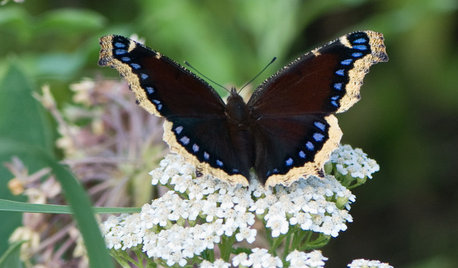Prunus are known to have disease and pest issues thus having an impact on their life span.
I thought Prunus sargentii and Prunus maackii where the exception to the rule. I planted a P. maackii about 9 years ago and its quite stunning now. The bark is losing some of its lustre though.
Now its time to plant a P. sargentii. I stumbled across a description by the Bernheim Arb calling out its life span as 20 years. Which seemed very short lived. I few other sources called out this life span as well.
http://bernheim.org/explore/arboretum/bernheim-select/sargent-cherry/
I found a excerpt from Donald Wyman that one of the first Prunus Sargentii brought to the states was still growing at the age of 46 years old at the Arnold Arboretum. Surely I could call them up and find out when it croaked or if there is a new one growing there.
I wonder if they are shorter lived in warmer zones? Any thoughts on this?
I'm not expecting to plant a Prunus and get 60 years out of it but 20 years means its time to find another selection.
Just talking generalities here...not exact numbers.











tsugajunkie z5 SE WI ♱
Embothrium
Related Professionals
Beachwood Landscape Architects & Landscape Designers · Fillmore Landscape Architects & Landscape Designers · Harrison Landscape Architects & Landscape Designers · Aurora Landscape Contractors · Edmond Landscape Contractors · Maple Valley Landscape Contractors · Brownsville Landscape Contractors · Norwalk Landscape Contractors · Overland Park Landscape Contractors · Panama City Beach Landscape Contractors · Vancouver Landscape Contractors · Wickliffe Landscape Contractors · Selma Landscape Contractors · Maple Heights Landscape Contractors · Huber Heights Decks, Patios & Outdoor Enclosuresarbordave (SE MI)
Embothrium
medamana
whaas_5aOriginal Author
Embothrium
j0nd03
Embothrium